Physical Address
304 North Cardinal St.
Dorchester Center, MA 02124
The digestive process commences in the oral cavity with the ingestion, fragmentation and moistening of food but, in addition to its digestive role, the oral cavity is involved in speech, facial expression, sensory reception and breathing. The major structures of the oral cavity, the lips, teeth, tongue, oral mucosa and the associated salivary glands, participate in all these functions.
Mastication or chewing is the process by which ingested food is made suitable for swallowing. Chewing involves not only coordinated movements of the mandible and the cutting and grinding action of the teeth, but also activity of the lips and tongue, which continually redirect food between the occlusal surfaces of the teeth. The watery component of saliva moistens and lubricates the masticatory process, while salivary mucus helps to bind the food bolus ready for swallowing.
The entire oral cavity is lined by a protective mucous membrane, the oral mucosa , which contains many sensory receptors, including the taste receptors of the tongue. The epithelium of the oral mucosa is of the stratified squamous type, which tends to be keratinised in areas subject to considerable friction such as the palate. The oral epithelium is supported by dense collagenous tissue, the lamina propria . In highly mobile areas such as the soft palate and floor of the mouth, the lamina propria is connected to the underlying muscle by loose submucosal supporting tissue. In contrast, in areas where the oral mucosa overlies bone, such as the hard palate and tooth-bearing ridges, the lamina propria is tightly bound to the periosteum by a relatively dense fibrous submucosa. Throughout the oral mucosa, numerous small accessory salivary glands of both serous and mucous types are distributed in the submucosa.
Sunlight-induced damage and cancers such as squamous cell carcinoma are common on the exposed and unpigmented vermilion borders of the lips, particularly with increasing age.
Squamous cancers of the oral mucosa, including tongue, are strongly associated with tobacco use and with alcohol.
There are often preceding premalignant (dysplastic) changes in the epithelium. These are seen clinically as thickened white (leukoplakia) or red/white patches (erythroleukoplakia) in the mucosa.
G accessory salivary glands M skeletal muscle O oral mucosa S skin V vermilion border
B bone C cementum D dentine E enamel Ep epithelium L lamina propria P pulp cavity S submucosa
Oral bacteria form plaque in crevices between teeth and indentations of the teeth. The bacteria metabolise sugar to organic acids which erode the adjacent enamel and then the dentine. Eventually, destruction extends into the pulp space, which becomes infected ( pulpitis) . There is pain and ultimately the tooth is lost.
A ameloblasts B bone D dentine DF dental follicle DL dental lamina DP dental papilla E enamel EO enamel organ HS epithelial sheath of Hertwig N neck of tooth O odontoblasts S space (enamel) SR stellate reticulum
B bone C cementum CE crevicular epithelium CEJ cemento-enamel junction Cp capillary D dentine Db organic debris DP dental pulp FG free gingiva M Malassez rest O odontoblasts P predentine PM periodontal membrane W Weil zone
Bacterial colonisation of the crevice causes local inflammation called periodontitis. This damages the gingival attachment, which tends to migrate deeper into the alveolus (jaw), with permanent loss of gingiva and bone. This exposes dentine, causing tooth sensitivity and pain, especially upon temperature changes from cold drinks or ice. There is eventual loosening and tooth loss, a major cause of tooth loss in adults.
Inflammation can extend to the apex of the tooth. Here, the epithelial rests of Malassez can proliferate, becoming cystic and forming a periapical or radicular cyst .
B taste bud C cleft Cr crypt CV circumvallate papilla E epithelium F lymphoid follicle FG fungiform papilla FL filiform papilla L lymphoid tissue LP lamina propria M skeletal muscle MG mucous gland SG serous gland Sl skeletal muscle in longitudinal section St skeletal muscle in transverse section VE von Ebner gland
A specific type of squamous cell carcinoma arises in the epithelial crypts of the tongue base and tonsil. This tumour is driven by high risk human papillomavirus subtypes, most commonly HPV16 and HPV18. p16 immunohistochemistry is used as a surrogate marker for HPV status within the tumours. A p16 positive squamous cell carcinoma of the oropharynx will, in general, have a better prognosis than a p16 negative squamous cell carcinoma of the oropharynx. p16 positive squamous cell carcinomas of the oropharynx tend to be treated with chemotherapy and radiotherapy rather than surgery.
Saliva is produced by three pairs of major salivary glands, the parotid , submandibular and sublingual glands , and numerous minor accessory glands scattered throughout the oral mucosa. The minor salivary glands secrete continuously and are in general under local control, whereas the major glands mainly secrete in response to parasympathetic activity which is induced by physical, chemical and psychological stimuli. Daily saliva production in humans is 600 to 1500 mL.
Saliva is a hypotonic watery secretion containing variable amounts of mucus, enzymes (principally amylase and the antibacterial enzyme lysozyme ), antibodies and inorganic ions. Two types of secretory cells are found in the salivary glands: serous cells and mucous cells . The parotid glands consist almost exclusively of serous cells and produce a thin watery secretion rich in enzymes and antibodies. The sublingual glands have predominantly mucous secretory cells and produce a viscid secretion. The submandibular glands contain both serous and mucous secretory cells and produce a secretion of intermediate consistency. The overall composition of saliva varies according to the degree of activity of each of the major gland types.
Most neoplasms involving the parotid gland are benign. The commonest examples are pleomorphic adenoma and Warthin’s tumour. Most neoplasms involving the minor salivary glands are malignant. Examples include adenoid cystic carcinoma. In this tumour, the malignant cells are neurotropic , meaning that they tend to grow along nerve fibres. This makes excision of these tumours very challenging and recurrence is common. Another common tumour type, most often occurring in the minor salivary glands of the upper lip, is the canalicular adenoma.
A mucocoele is a collection of mucus that results from trauma to the minor salivary gland tissue, usually in the lip.
C capillary D striated duct ID intercalated duct E excretory duct L lobule M mucous cell nucleus My myoepithelial cell S septum SC serous cells
A adipocyte D striated duct E excretory duct M mucous acinus S septum SD serous demilune
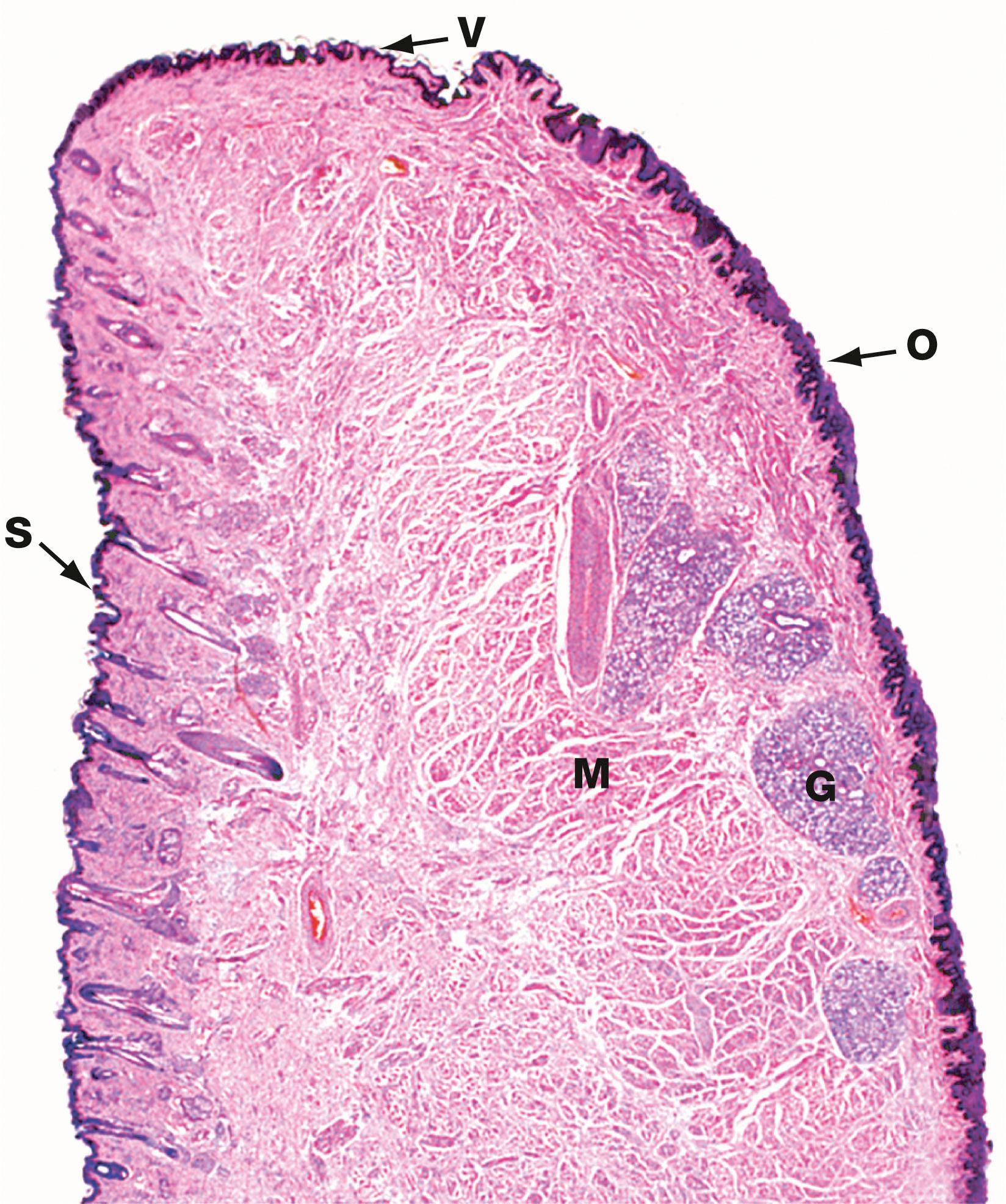
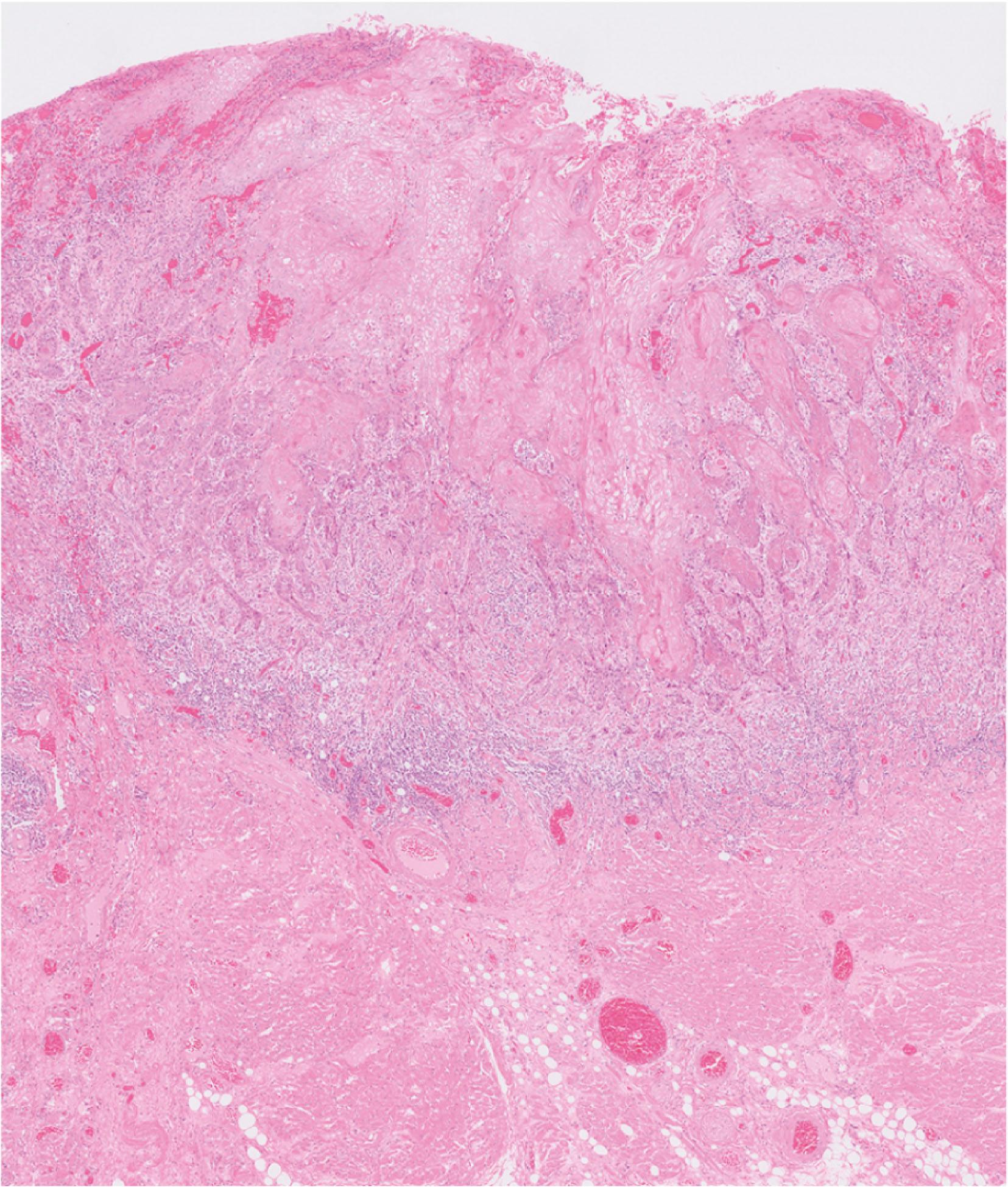
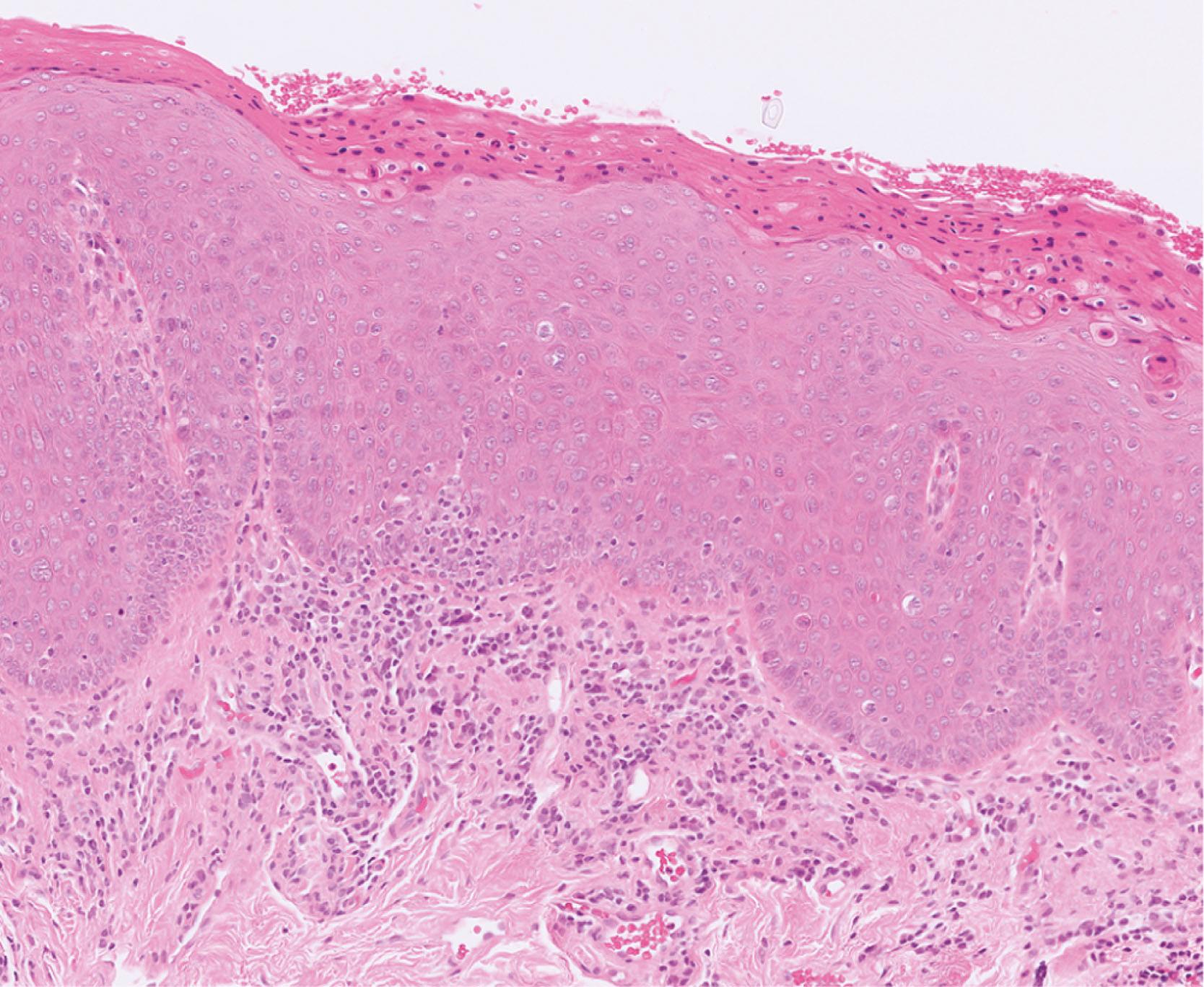
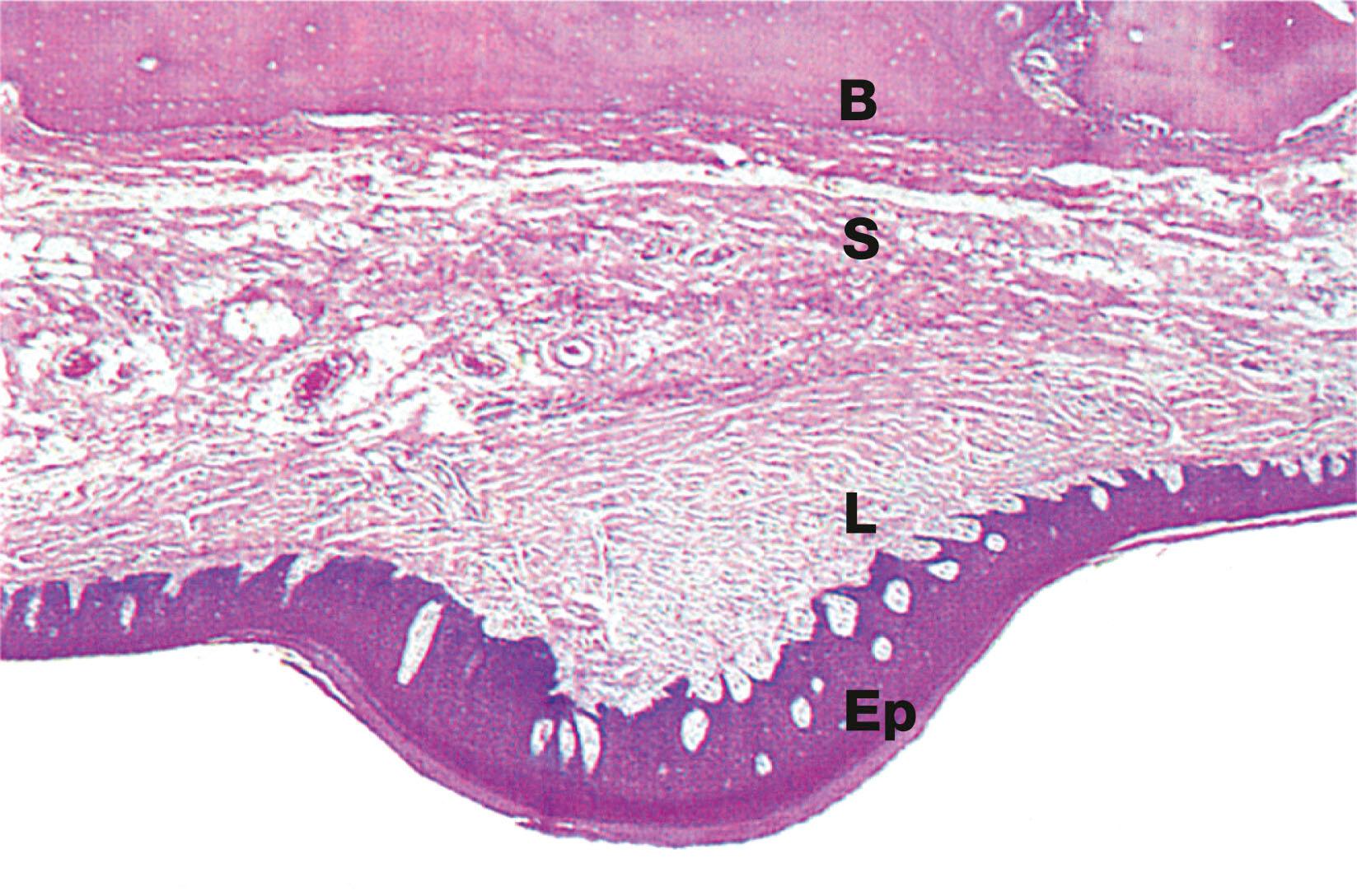
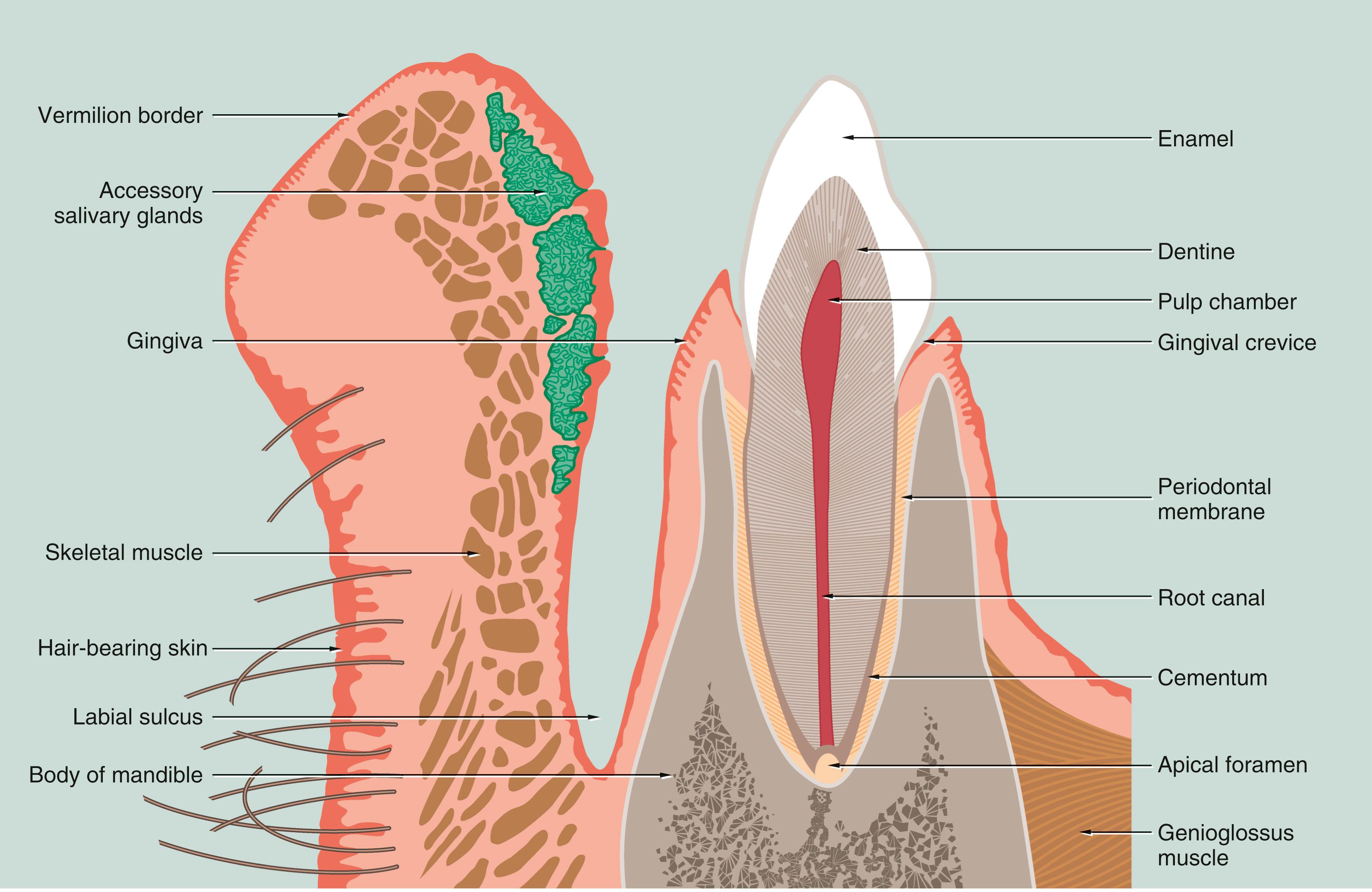
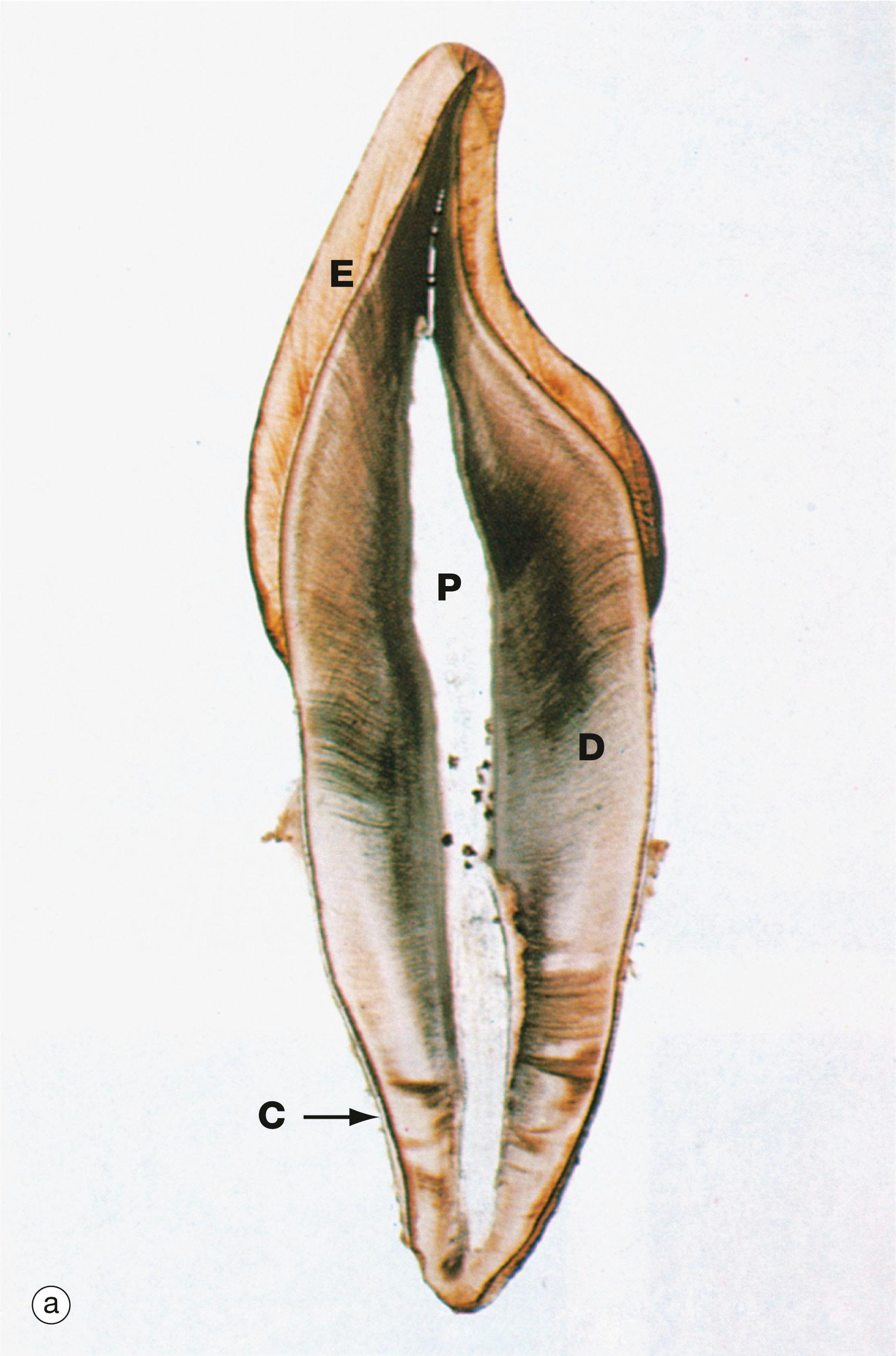
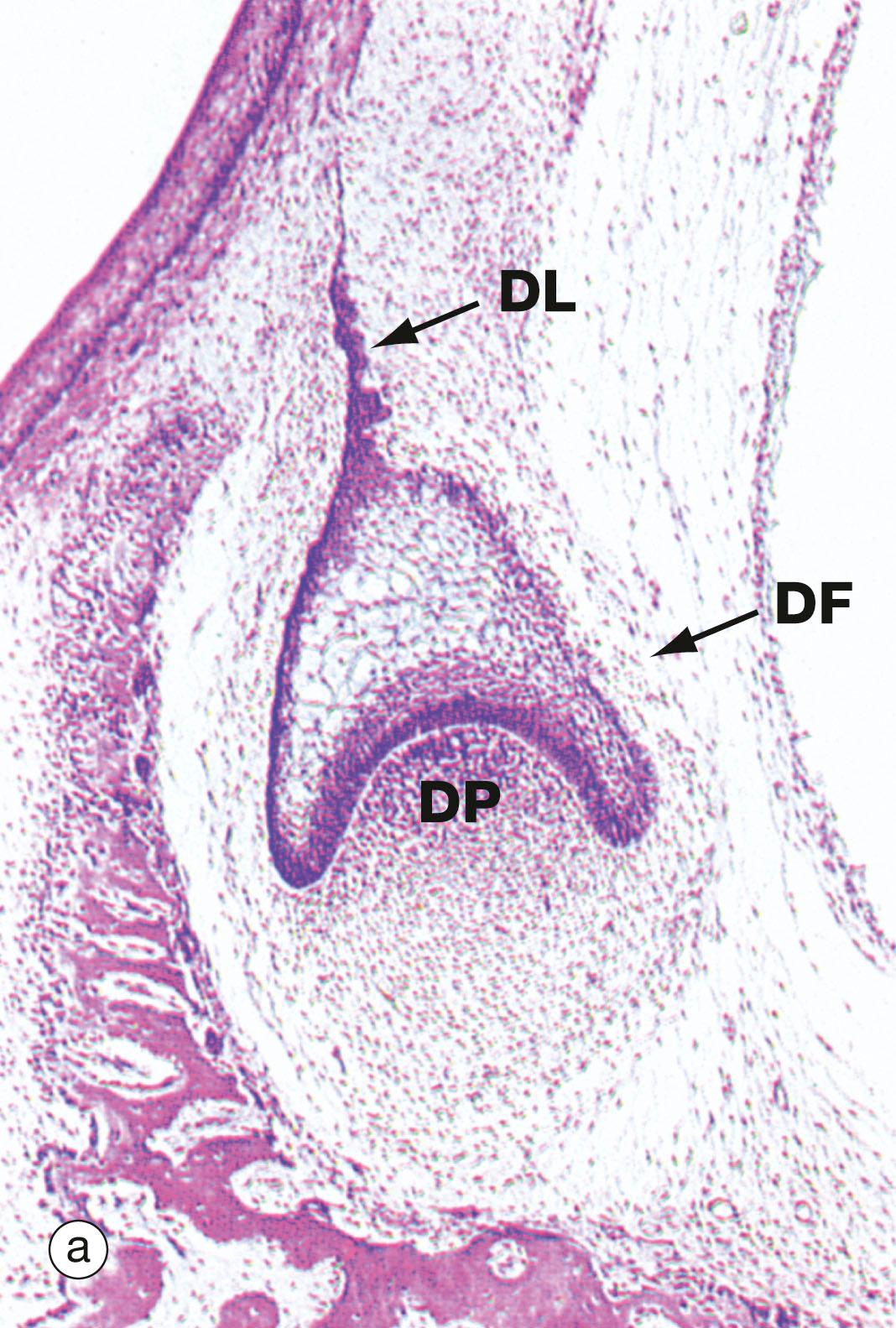
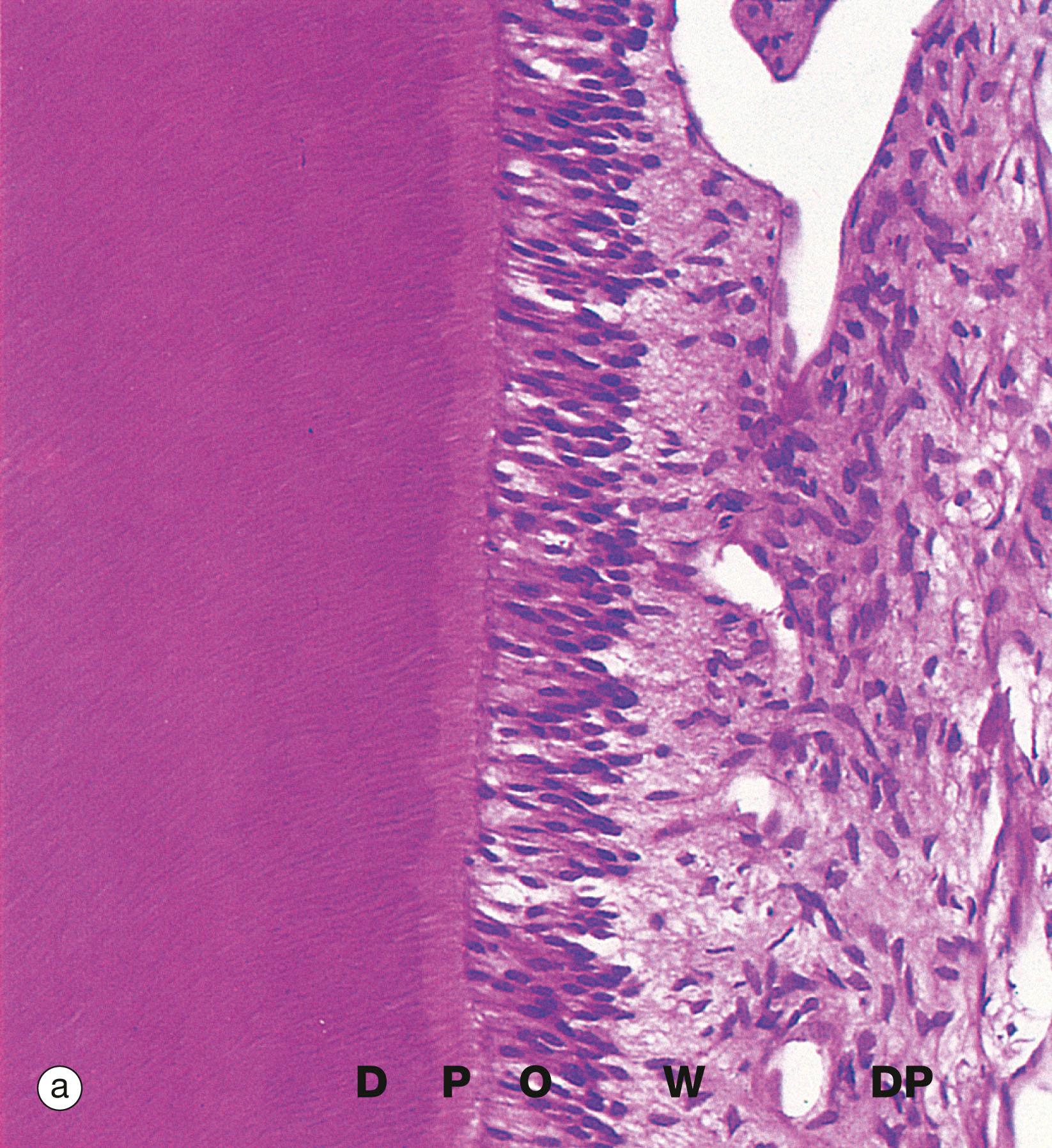
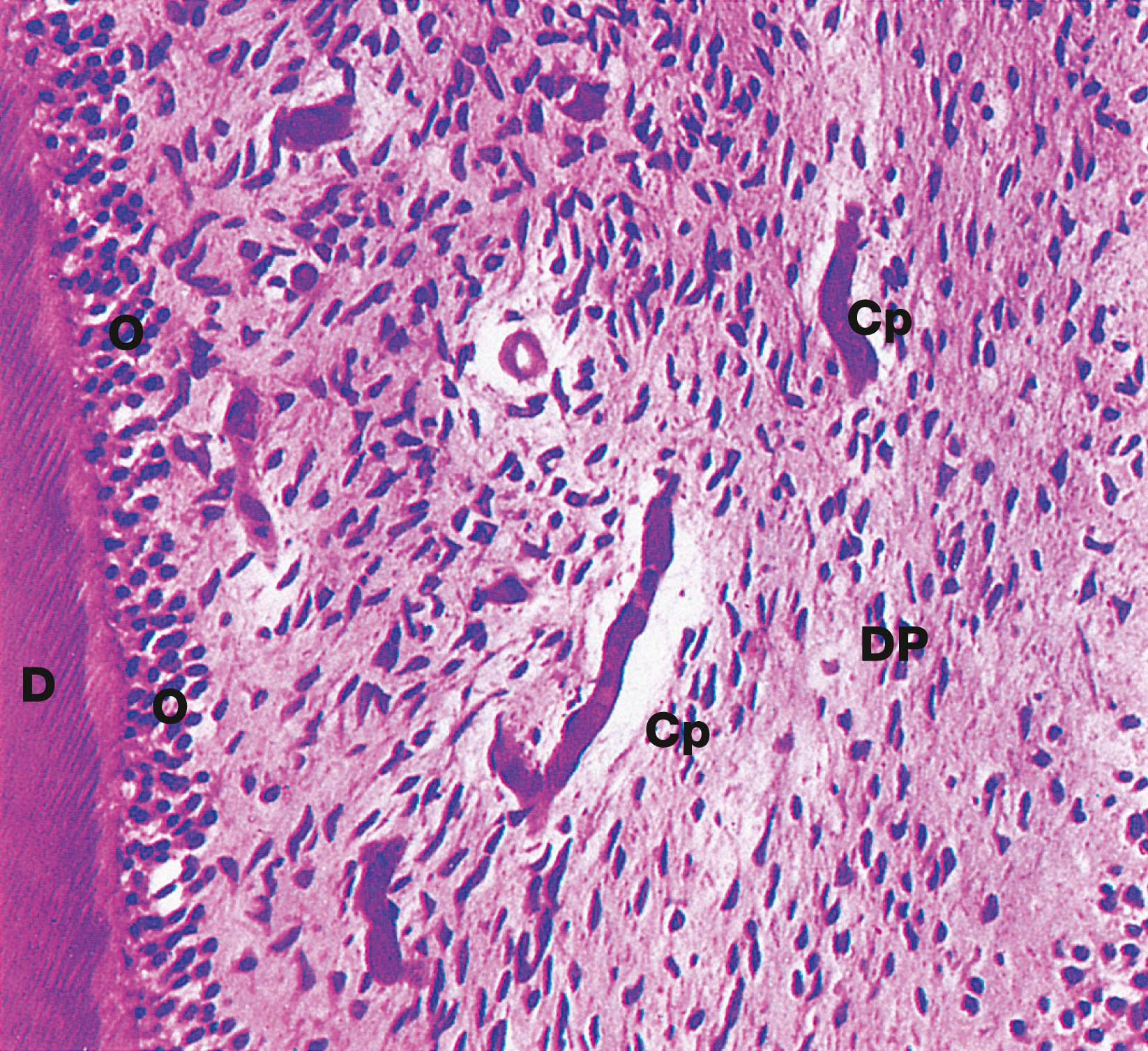
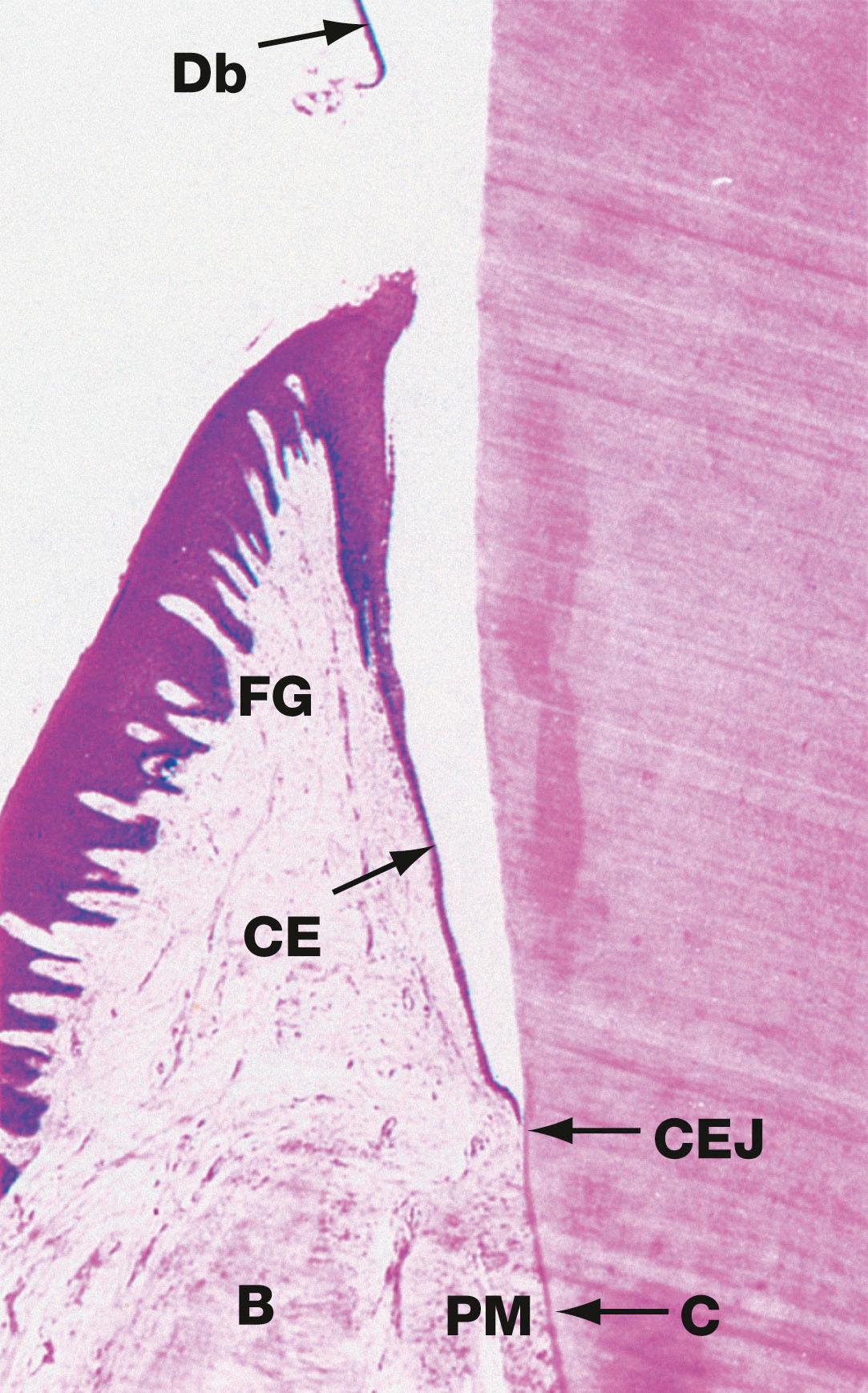
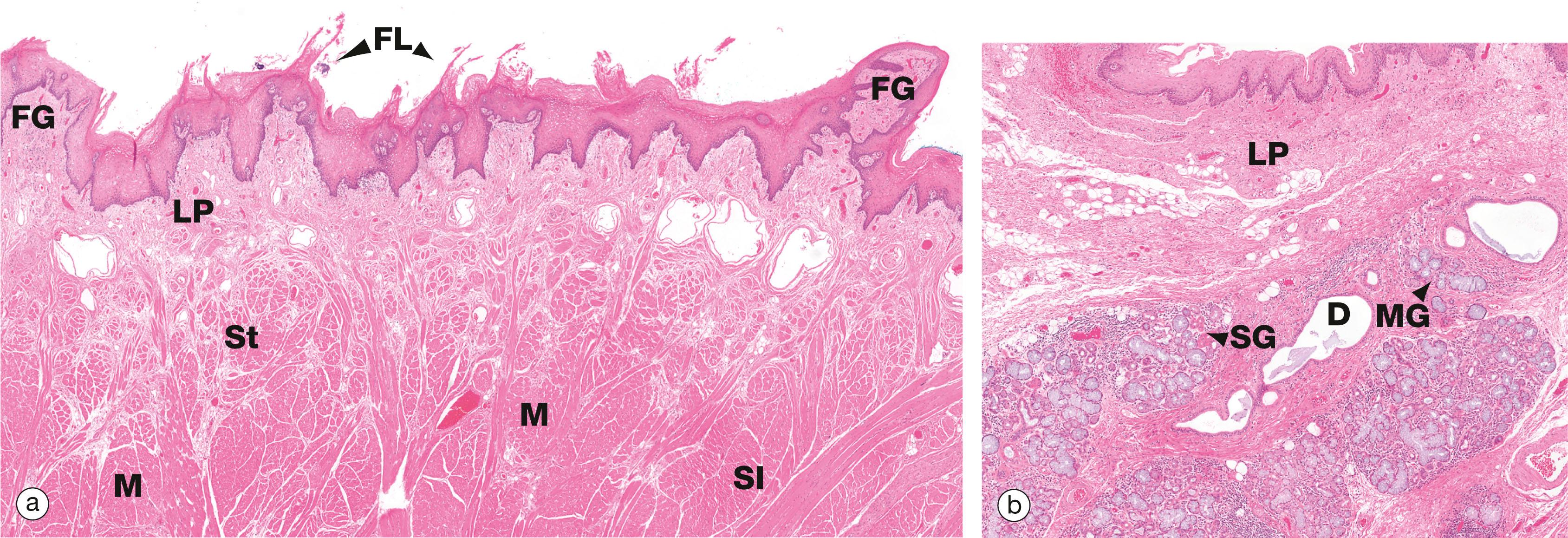
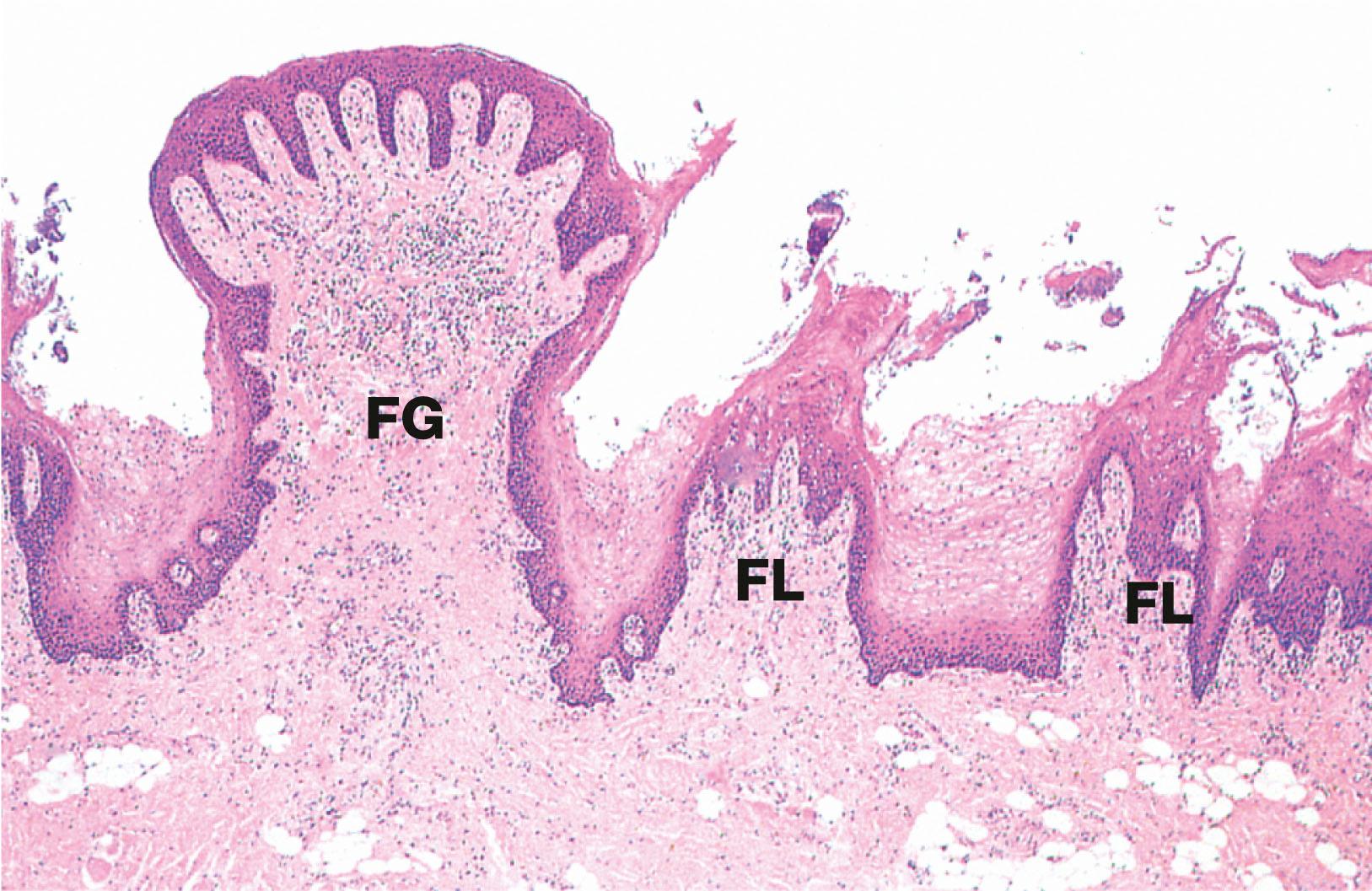
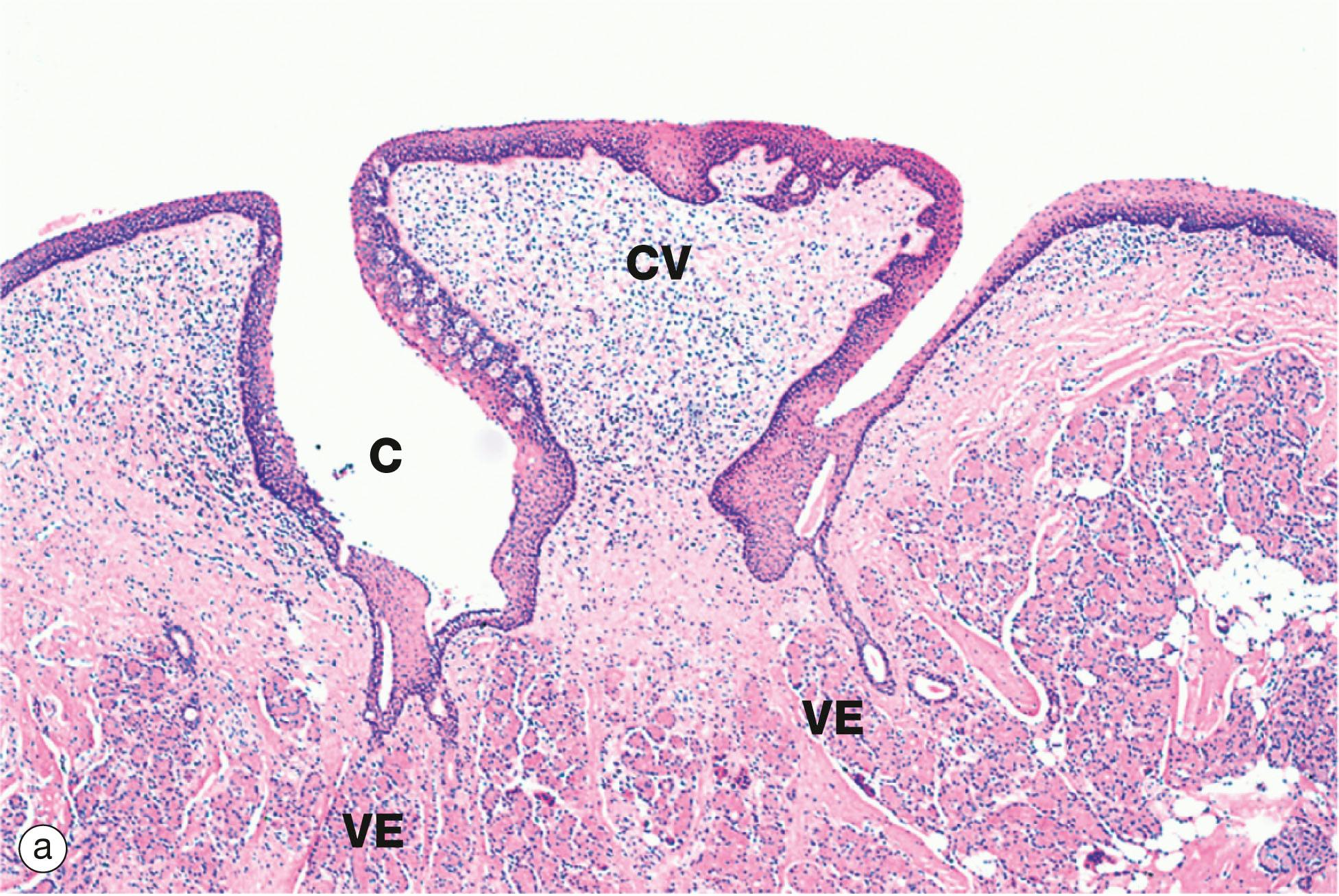
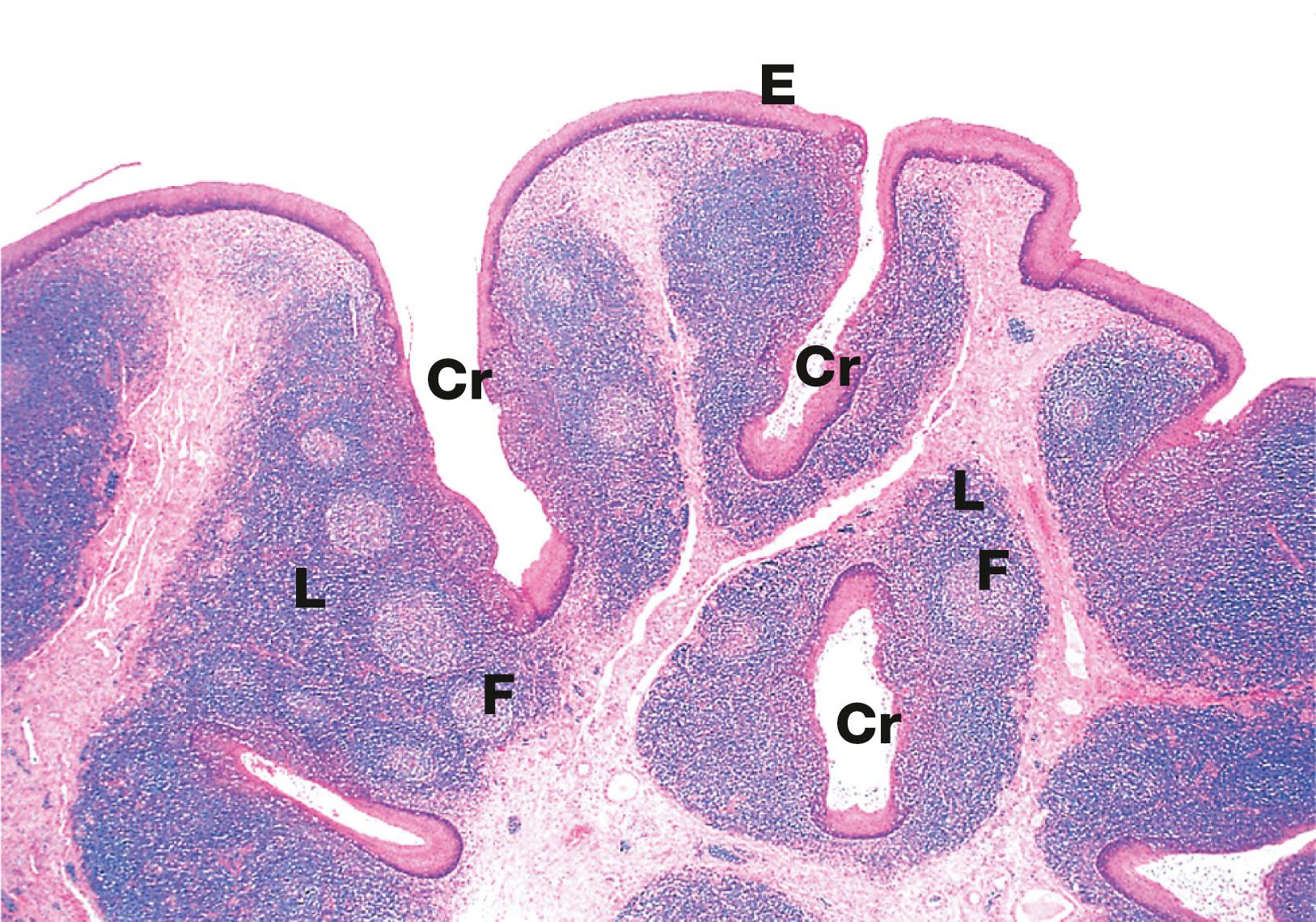

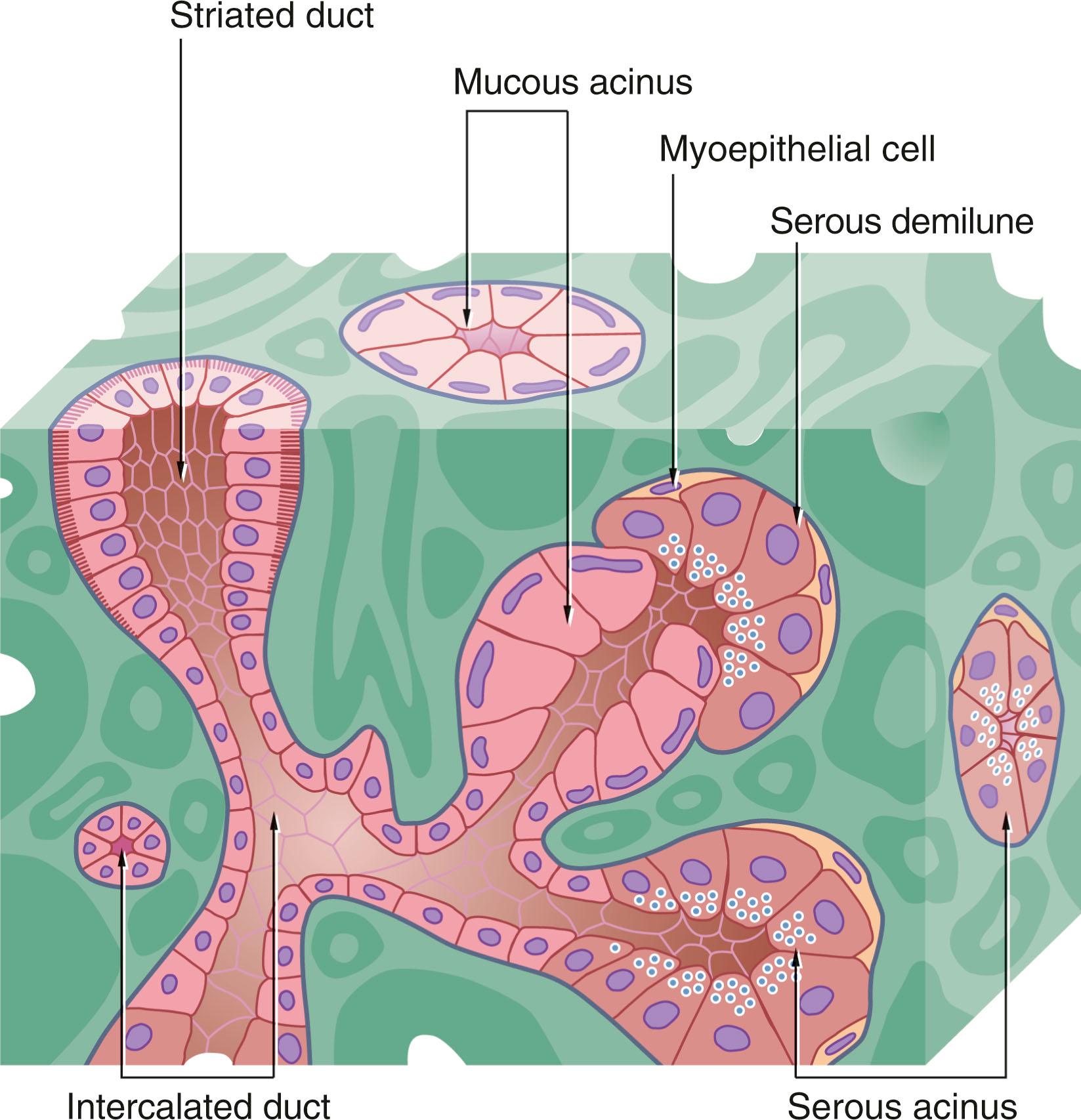
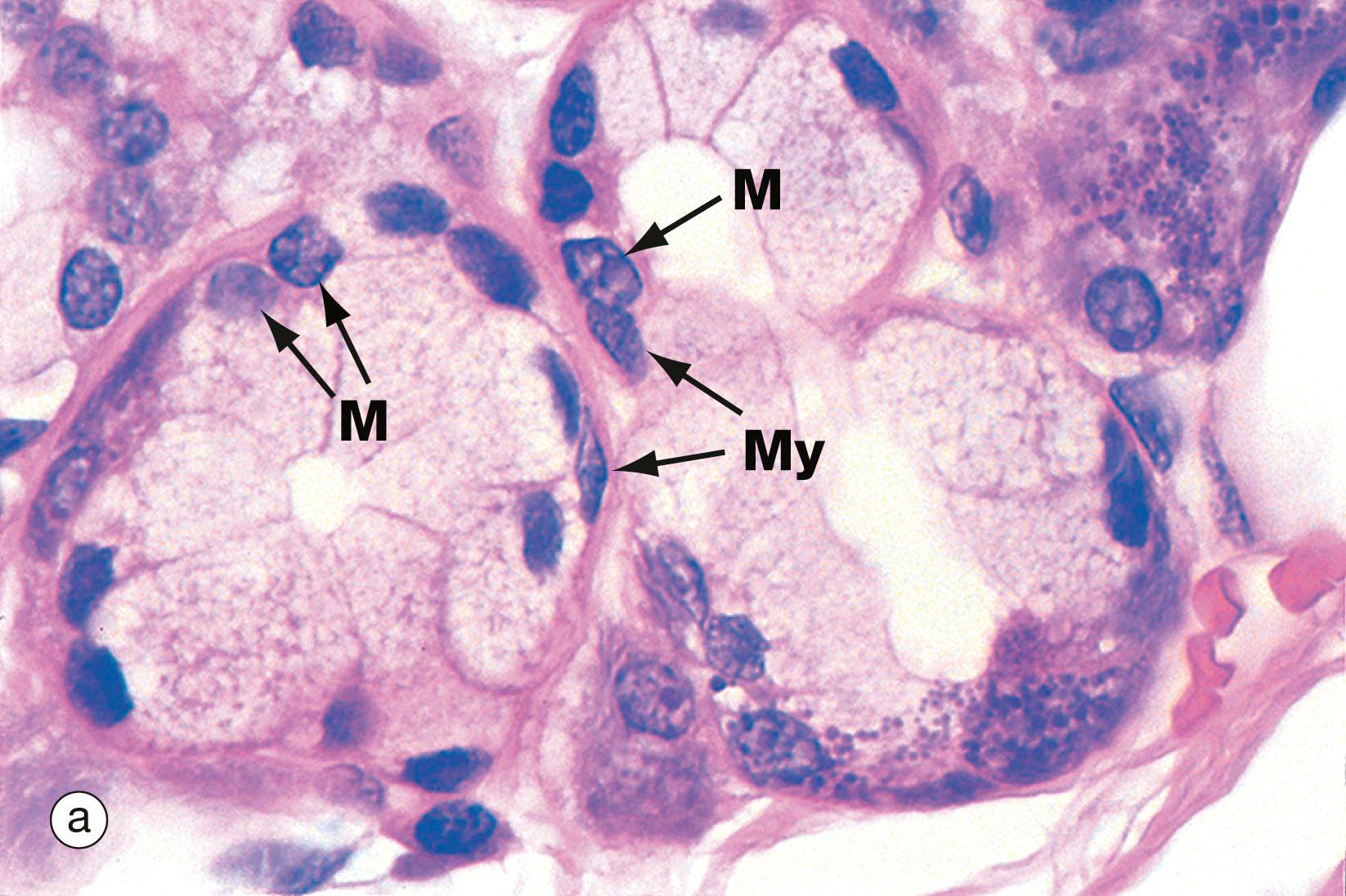
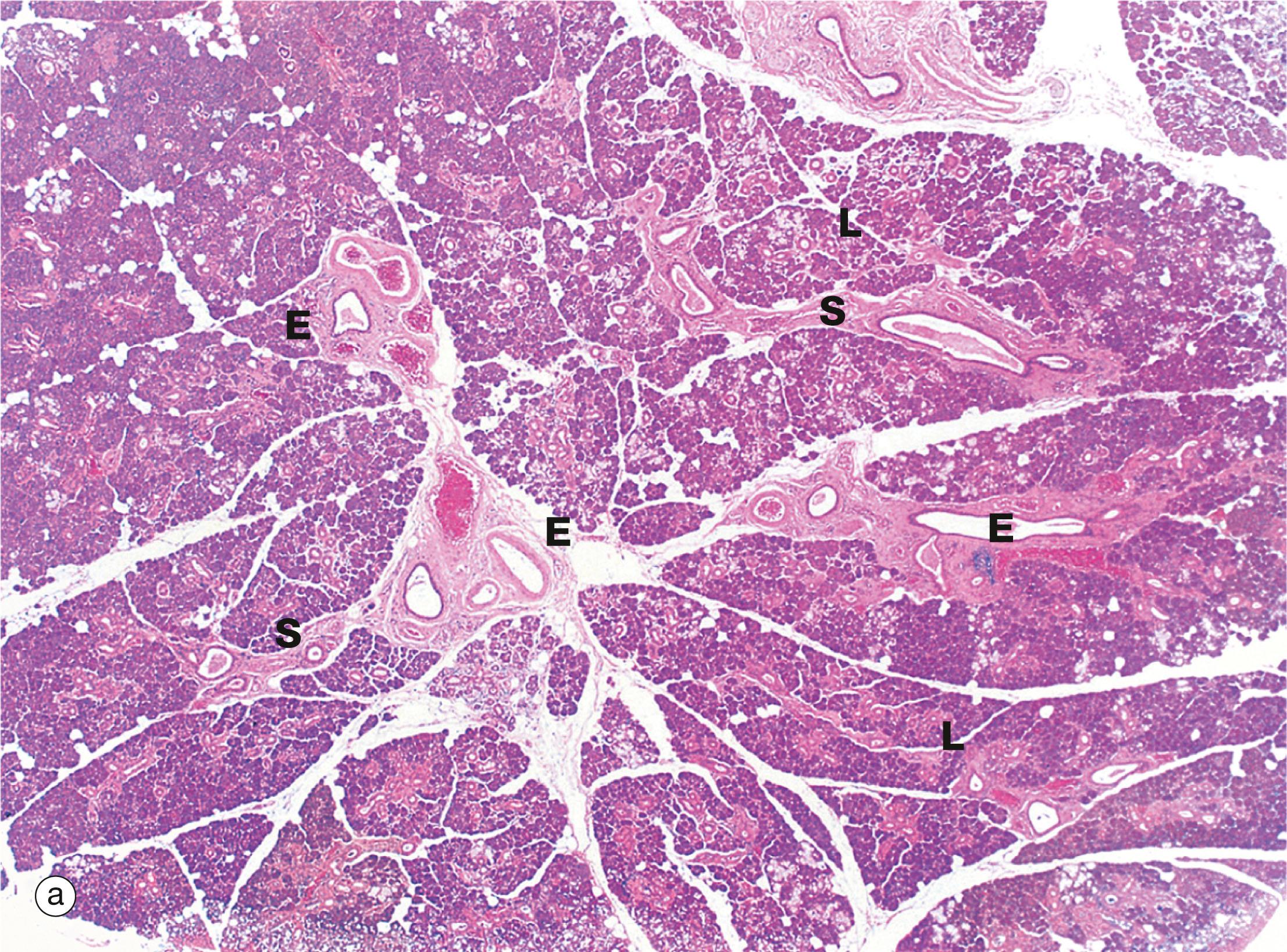
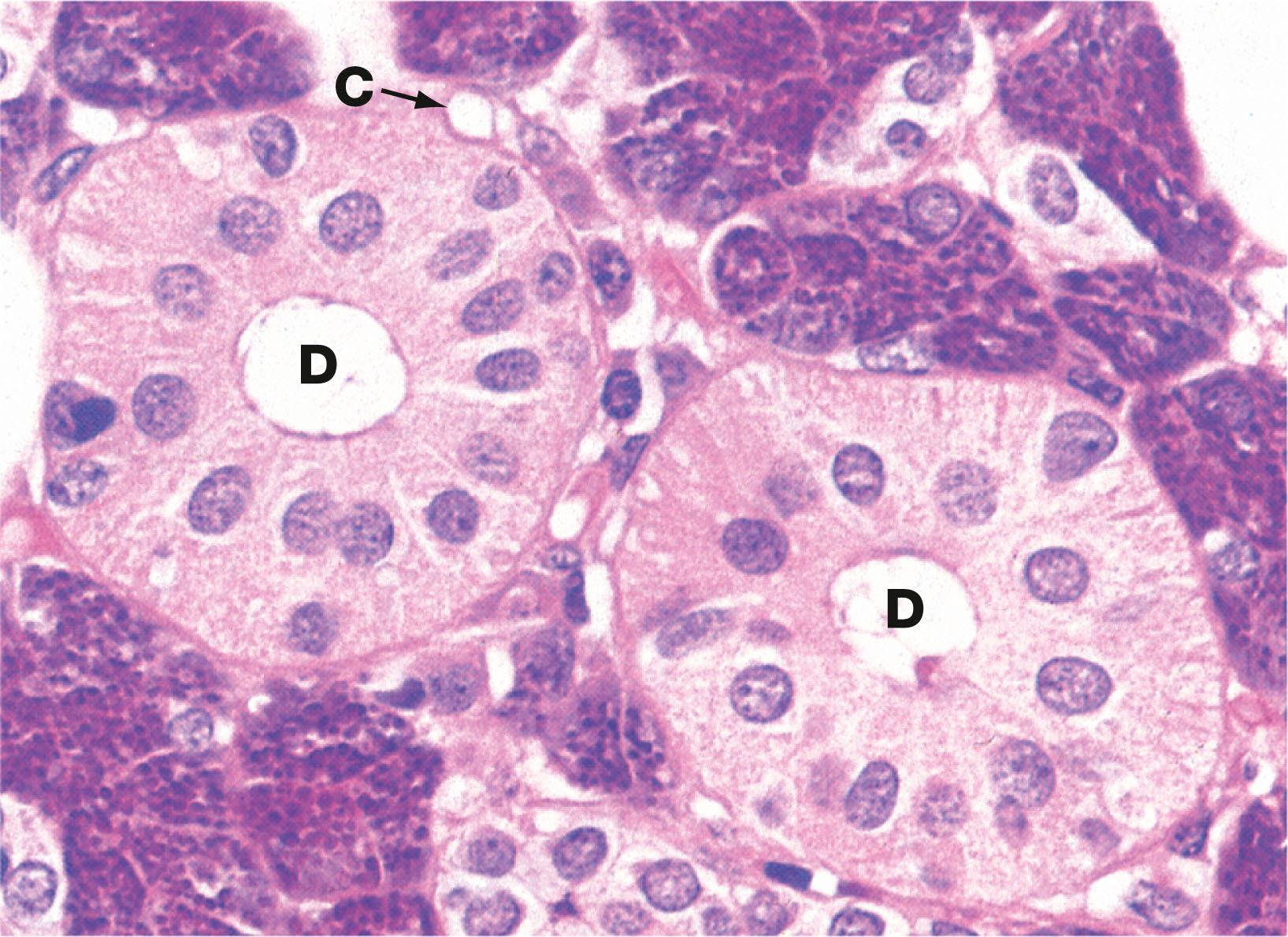
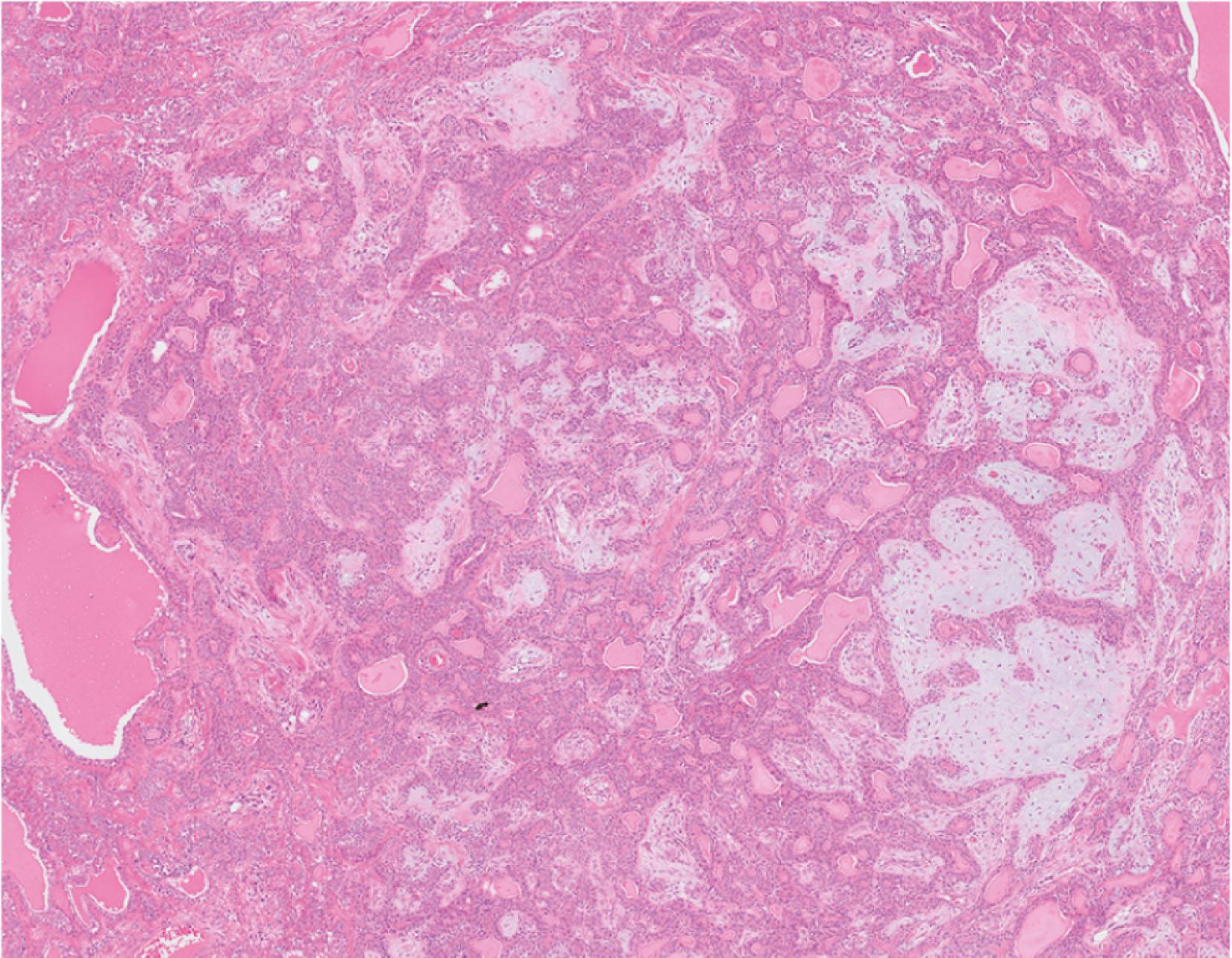
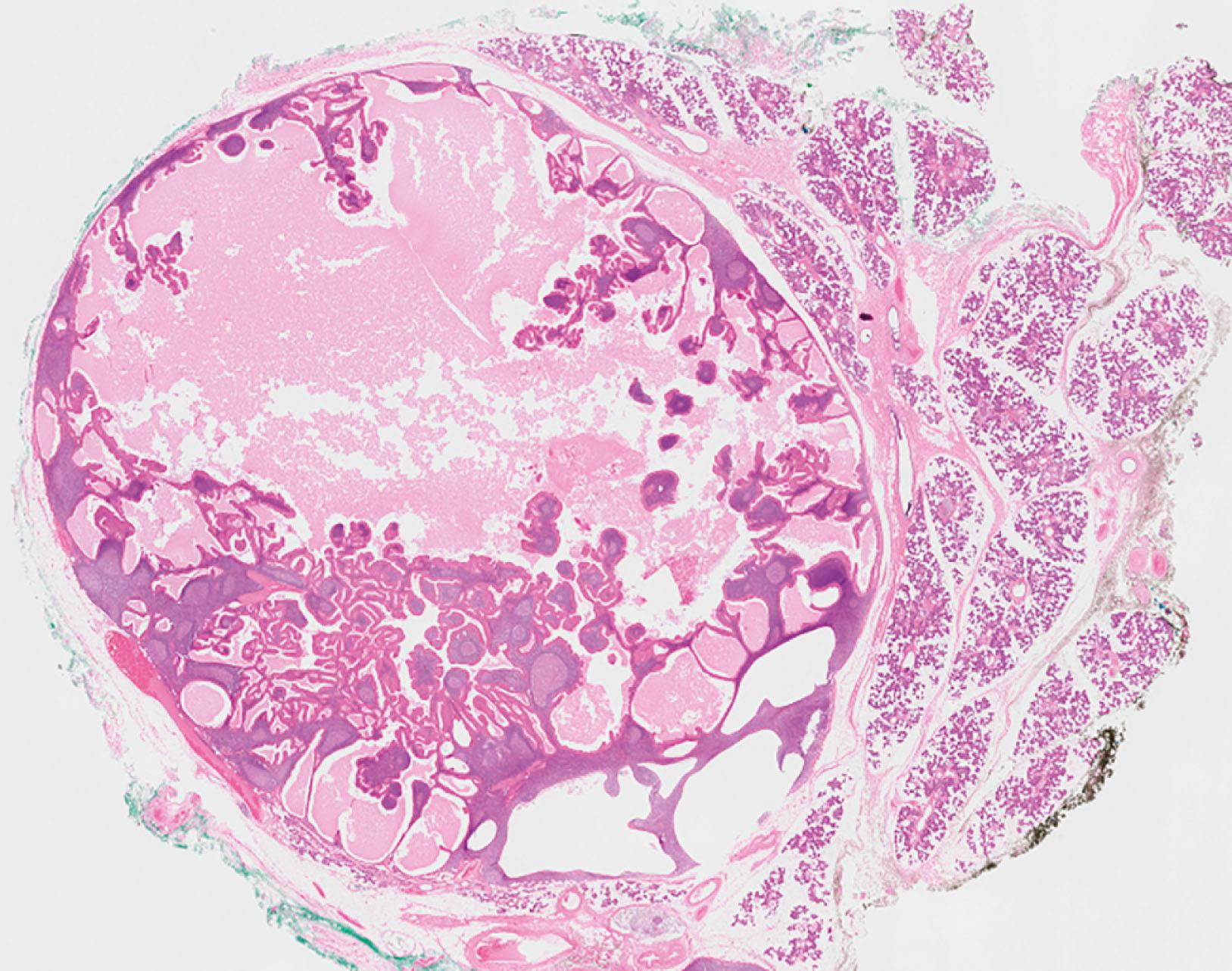
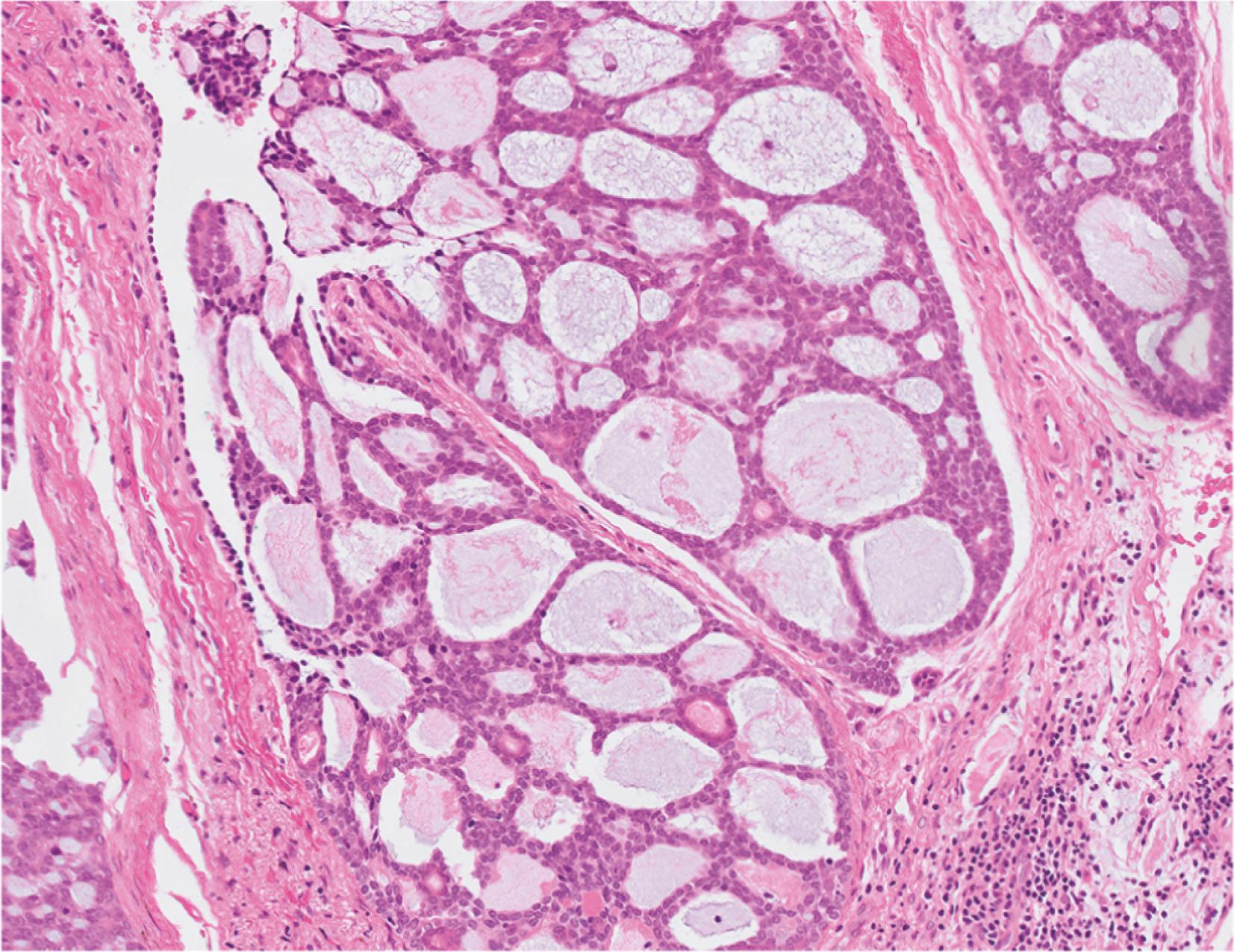
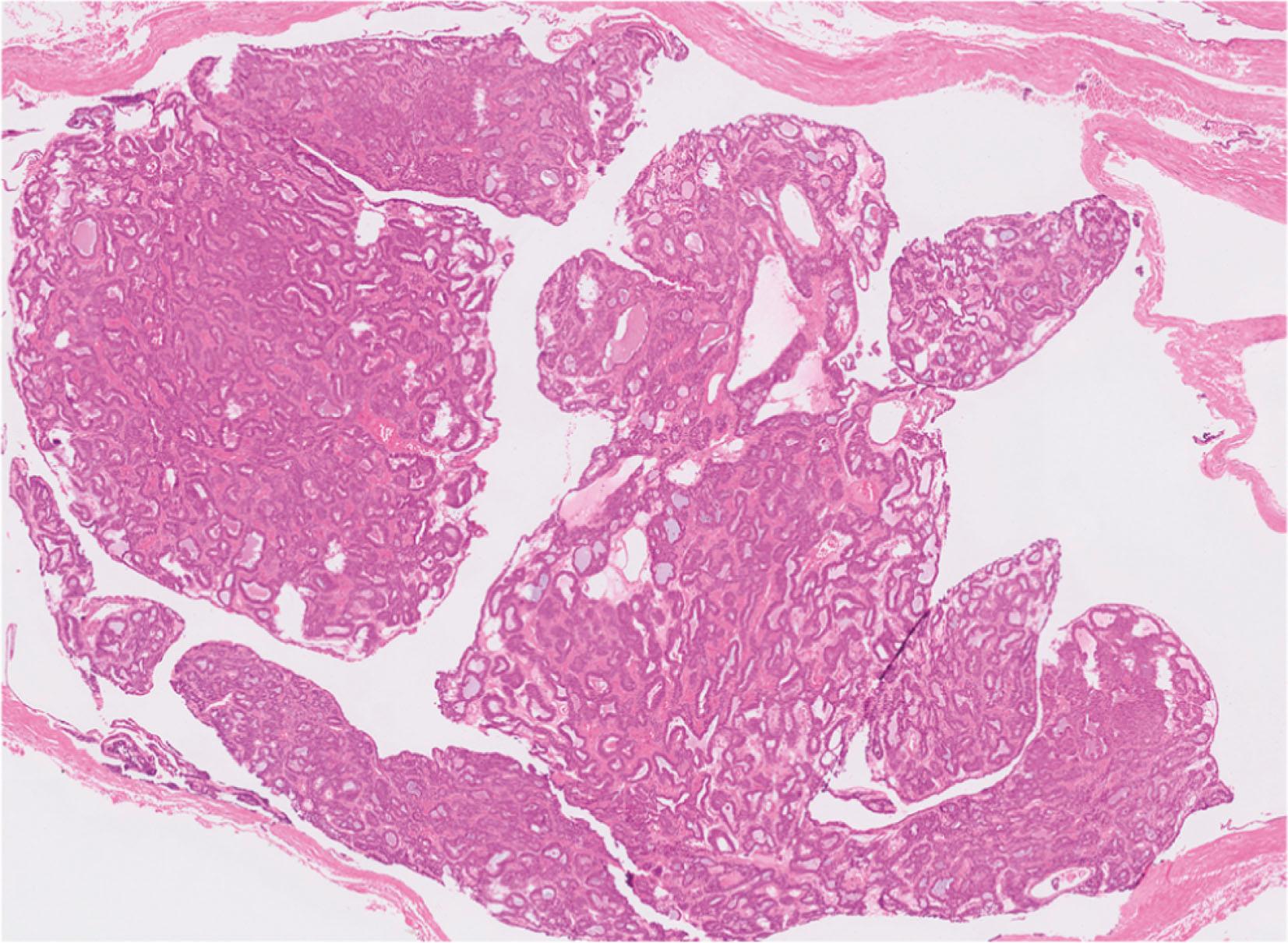
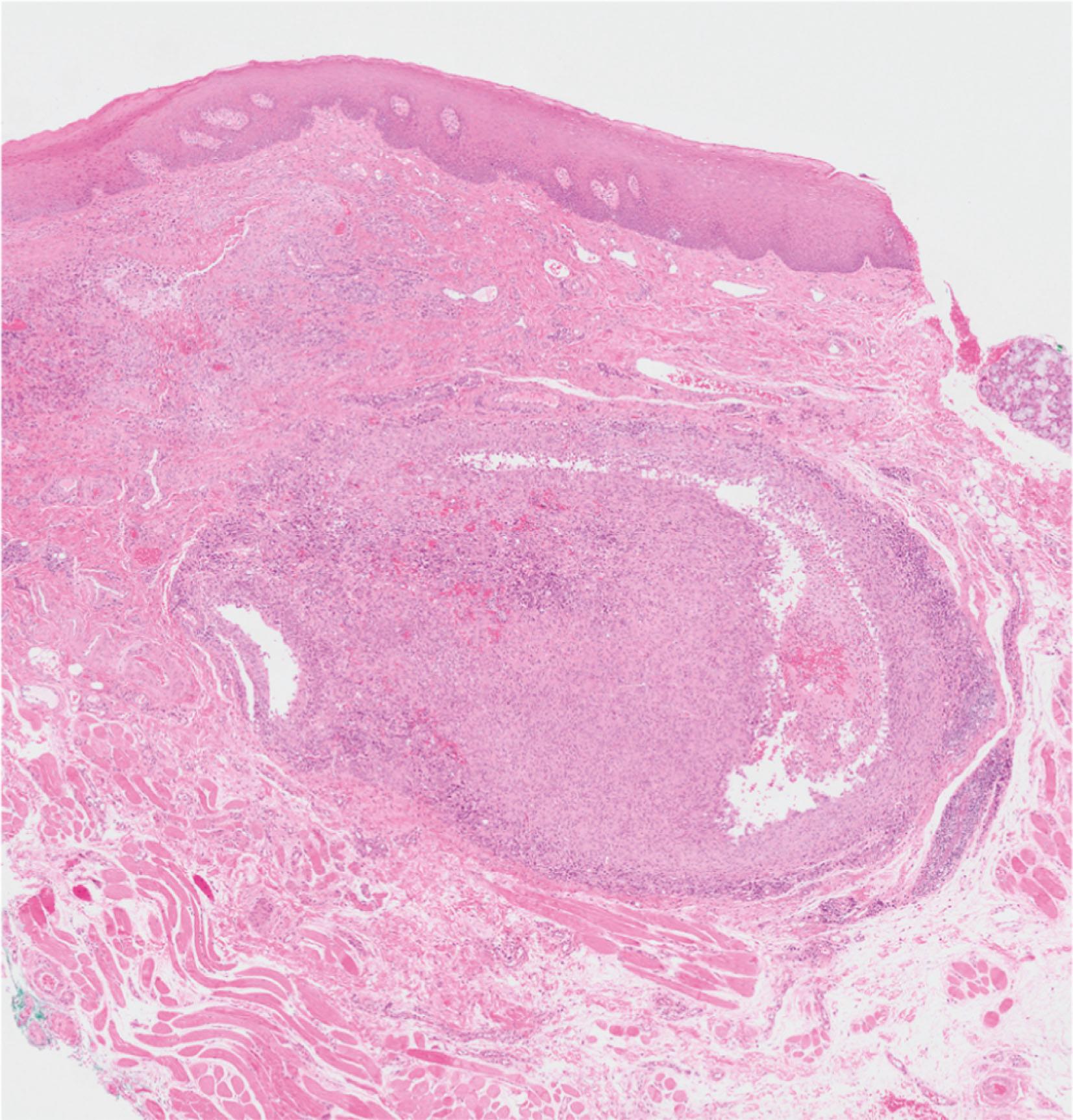
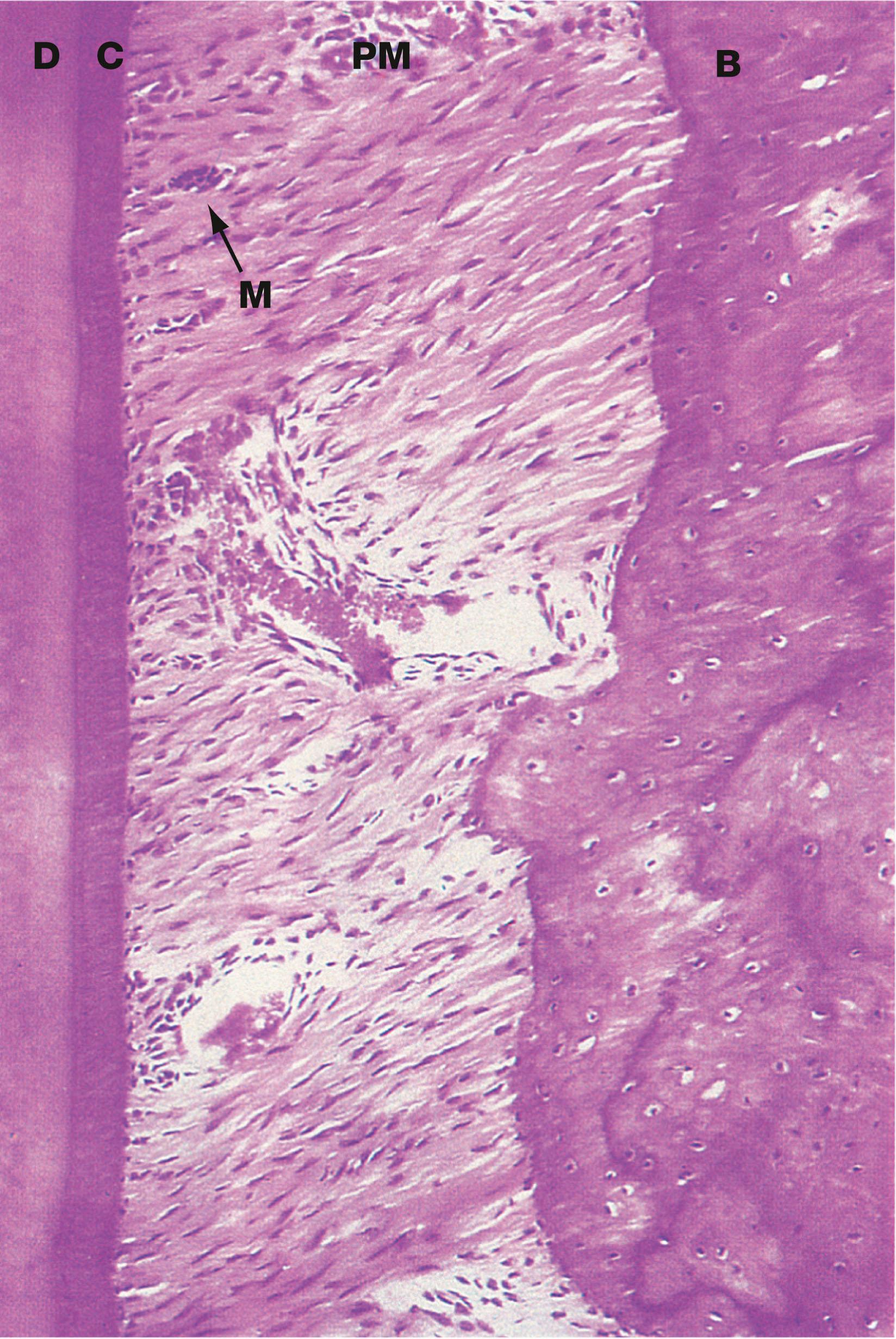
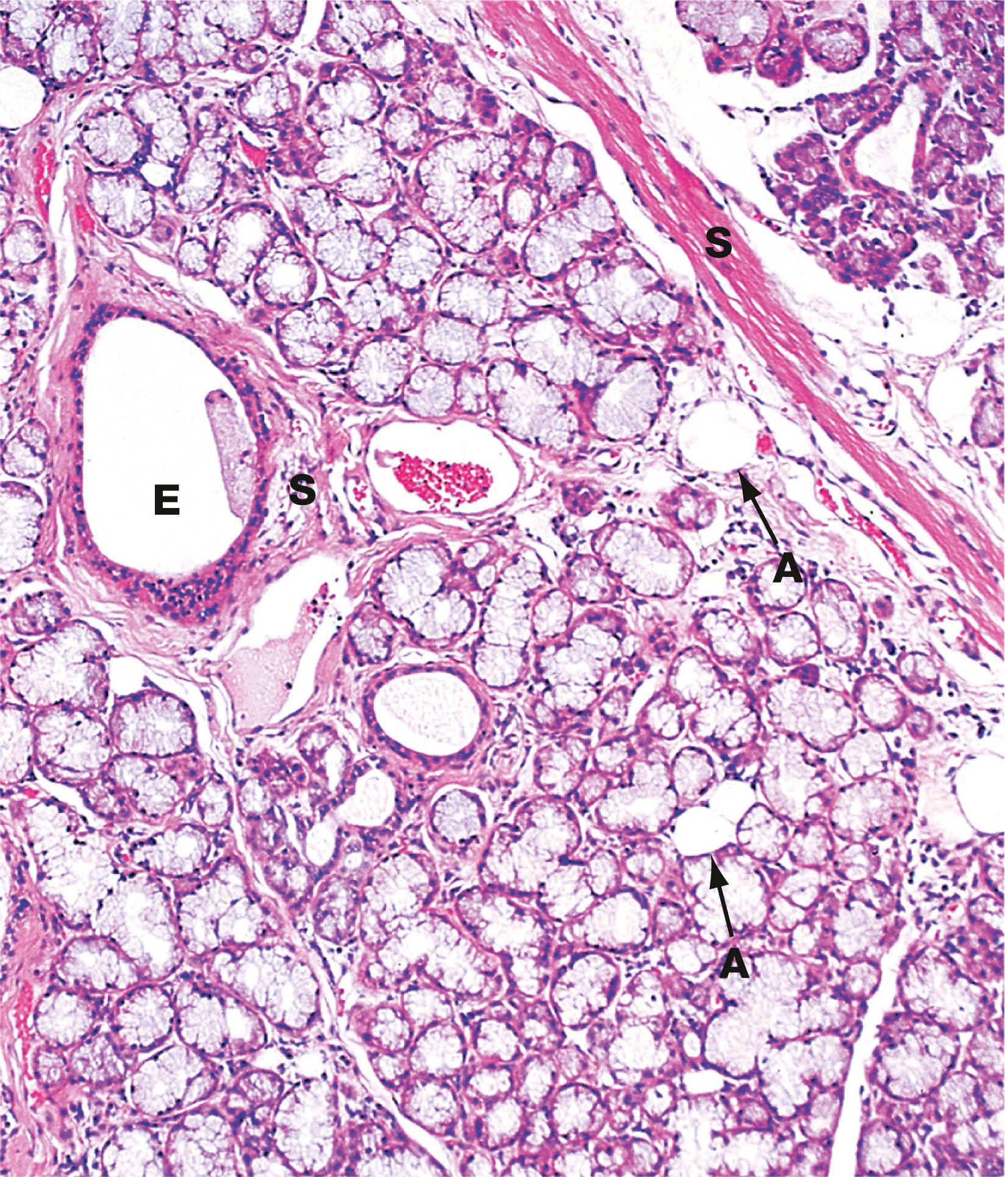
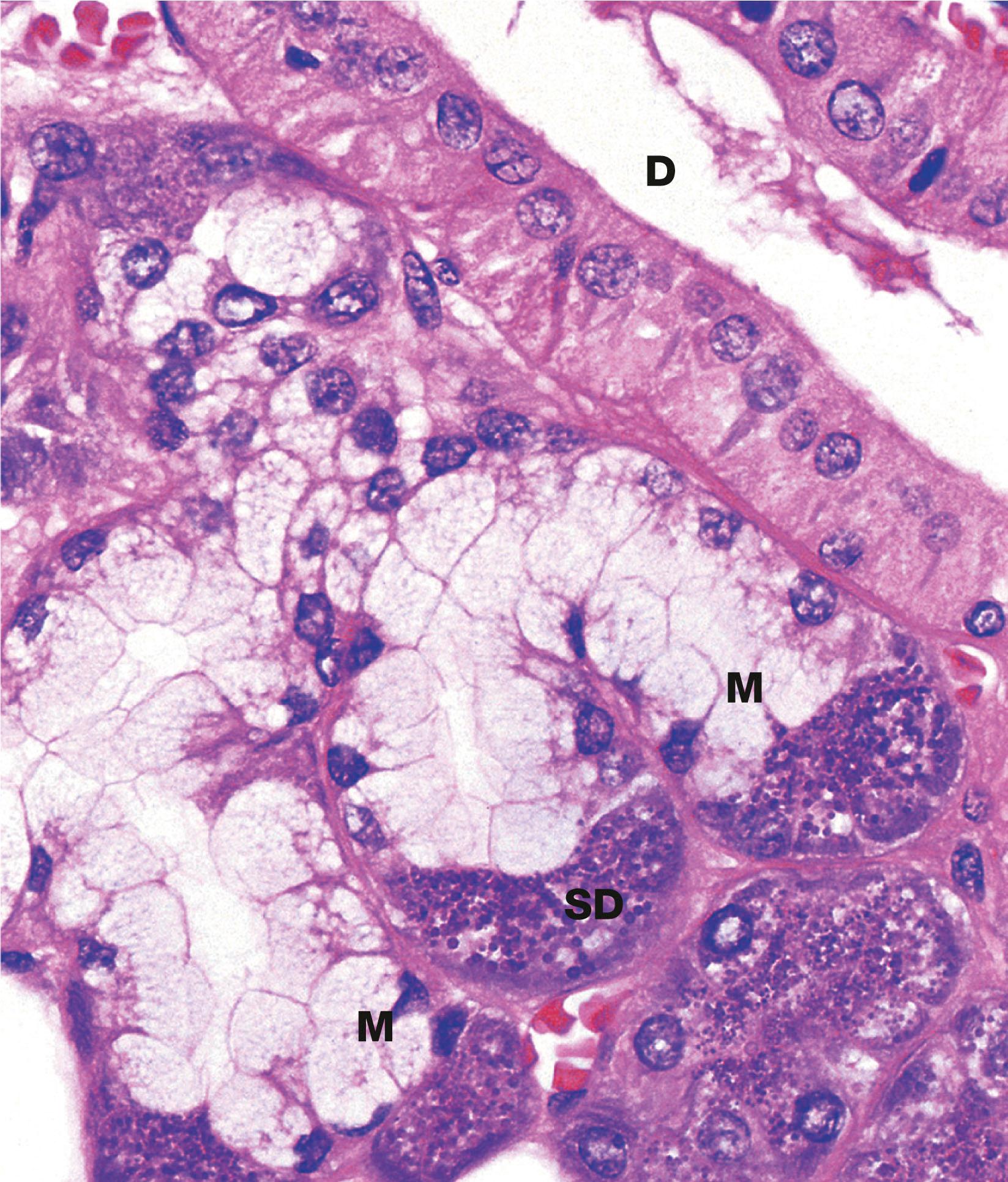
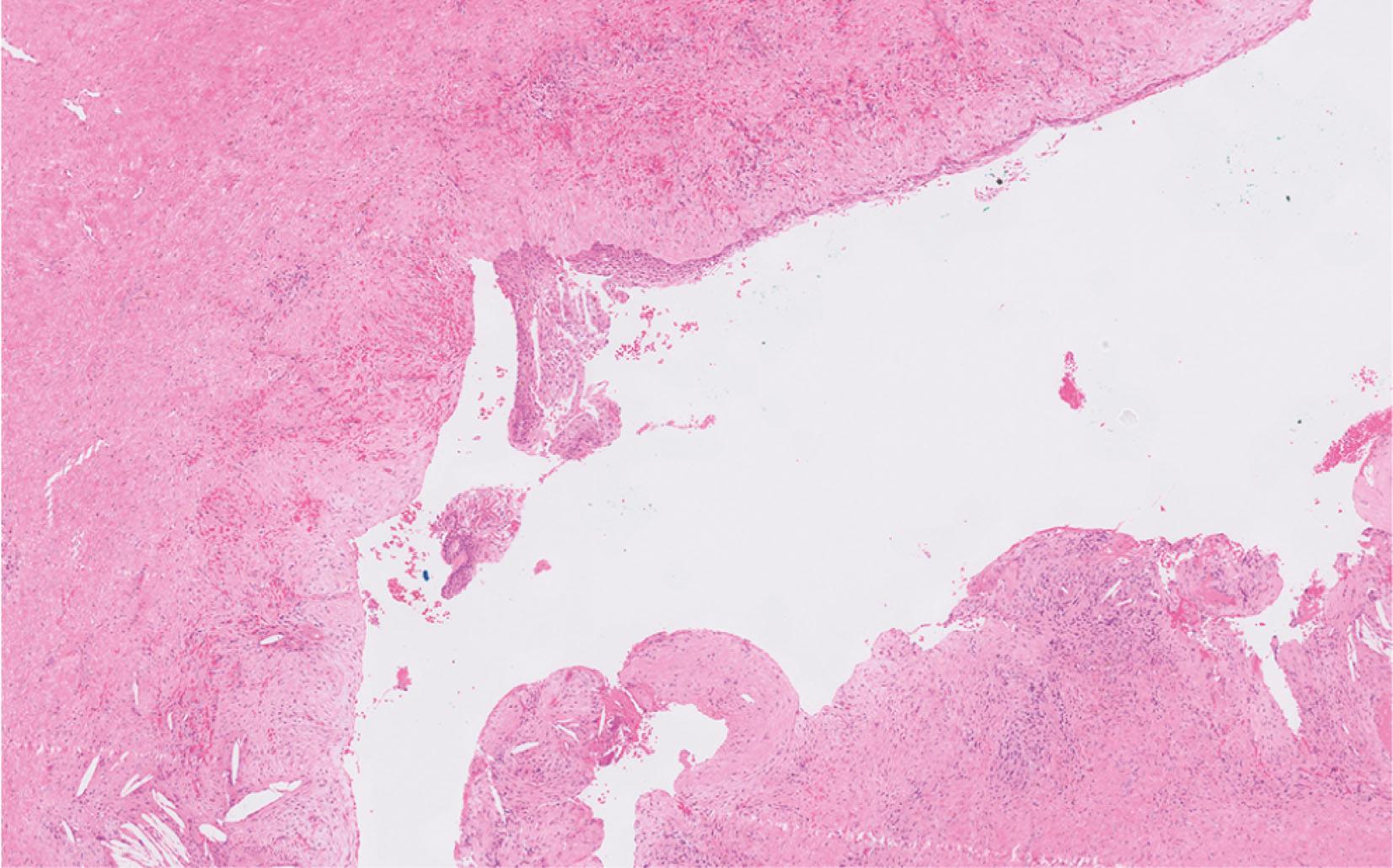
| Specialised tissue type | Key features | Functional attributes | Figure |
|---|---|---|---|
| Oral mucosa | Stratified squamous epithelium |
|
13.1 , 13.2 |
| Teeth | Enamel | Surface layer of closely packed calcium hydroxyapatite crystals formed by an external ameloblast layer; destroyed by tooth eruption | 13.3–13.5 |
| Dentine | Deeper zone of calcified tissue containing numerous fine parallel tubules radiating from odontoblasts which line the pulp cavity and form dentine | 13.6 | |
| Pulp | Central core of loose tissue with nerves and vessels supplying odontoblasts | 13.7 | |
| Tongue |
|
|
13.10 , 13.13 13.10–13.12 |
| Salivary glands | Serous and/or mucinous glandsParotid is the largest glandOthers include submandibular, sublingual and minor salivary glands |
|
13.14–13.19 |
| Tonsillar tissue |
|
|
11.15 13.13 |
Become a Clinical Tree membership for Full access and enjoy Unlimited articles
If you are a member. Log in here